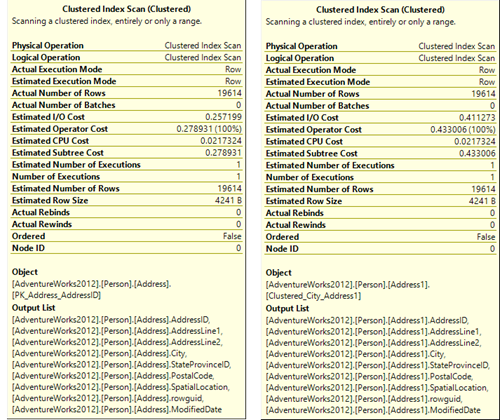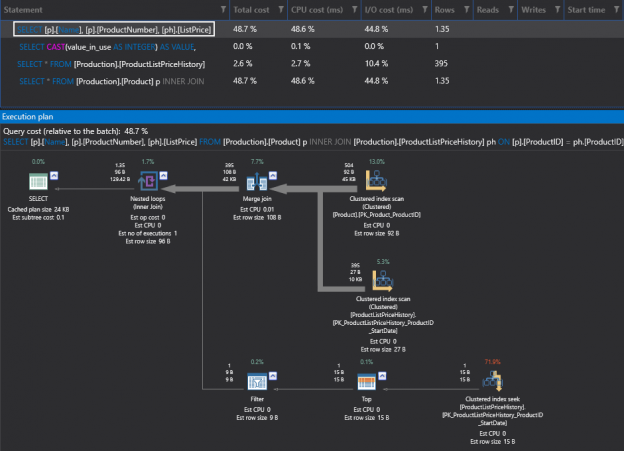SQL Server cursor performance problems
June 18, 2014Introduction In a previous article we discussed the how to set up a basic cursor. We explained that a cursor is a row-based operation that takes a given SELECT statement and breaks downs the processing of the data into looping executions. People that do not have the background in Database Administration or who did not […]

